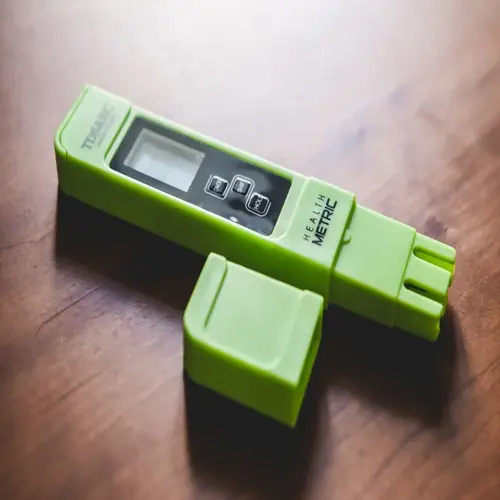What causes fish death after water changes?

Written by
John Williams
Reviewed by
Prof. Henry Webster, Ph.D.Fish kills after water changes are the result of preventable mistakes. If the causes are understood, proper protection of these pets can be assured. In this guide, the most common fatal mistakes are listed with their remedies. If the correct method is used, the maintenance work can be done in such a way as to keep the fish healthy instead of killing them.
Chemical Toxicity
- Chlorine/chloramine in untreated tap water burns fish gills
- Heavy metals like copper poison sensitive species
- Sudden pH shifts exceeding 0.5 units shock systems
Physical Stressors
- Temperature shocks over 3°F difference damage organs
- Rapid water flow during refilling causes exhaustion
- Substrate disturbance releases trapped toxic gases
Biological Disruption
- Removing too much water collapses beneficial bacteria
- Oxygen depletion from stagnant new water suffocates
- Medication overdoses when dosing miscalculated
Water Preparation is the first step in prevention. Test the tap water for chlorine before treating. Use a good dechlorinator that removes chloramine. Aerate new water for 30 minutes to ensure it is oxygenated. Heat the new water to just the right temperature in buckets using aquarium heaters. Test both pH and GH.
Utilize safe change methods. In no case should more than 50% of the water be altered at once. Add the new water gradually over a period of, say, fifteen minutes. Use items such as dishes to diffuse the water into the tank. Keep the light dim while the changes are being made. Do not feed for four hours before the changes are made.
Observe fish behavior immediately following any change. Normal activity should return within about an hour. Gasping or a fin clamped indicates an issue. Have emergency aeration available. Have stress coat additives available and perhaps any other medications as necessary. Keep notes on all observations as a reference for the next time you conduct a session.
Unique situations deserve additional consideration. Sensitive species, such as discus, require drip acclimation. Shrimp tanks need drip acclimation with copper-free water. Reef systems require mineral-balanced RO water. Respond to different inhabitants with different methods.
Read the full article: Aquarium Water Changes: Essential Steps & Tips

